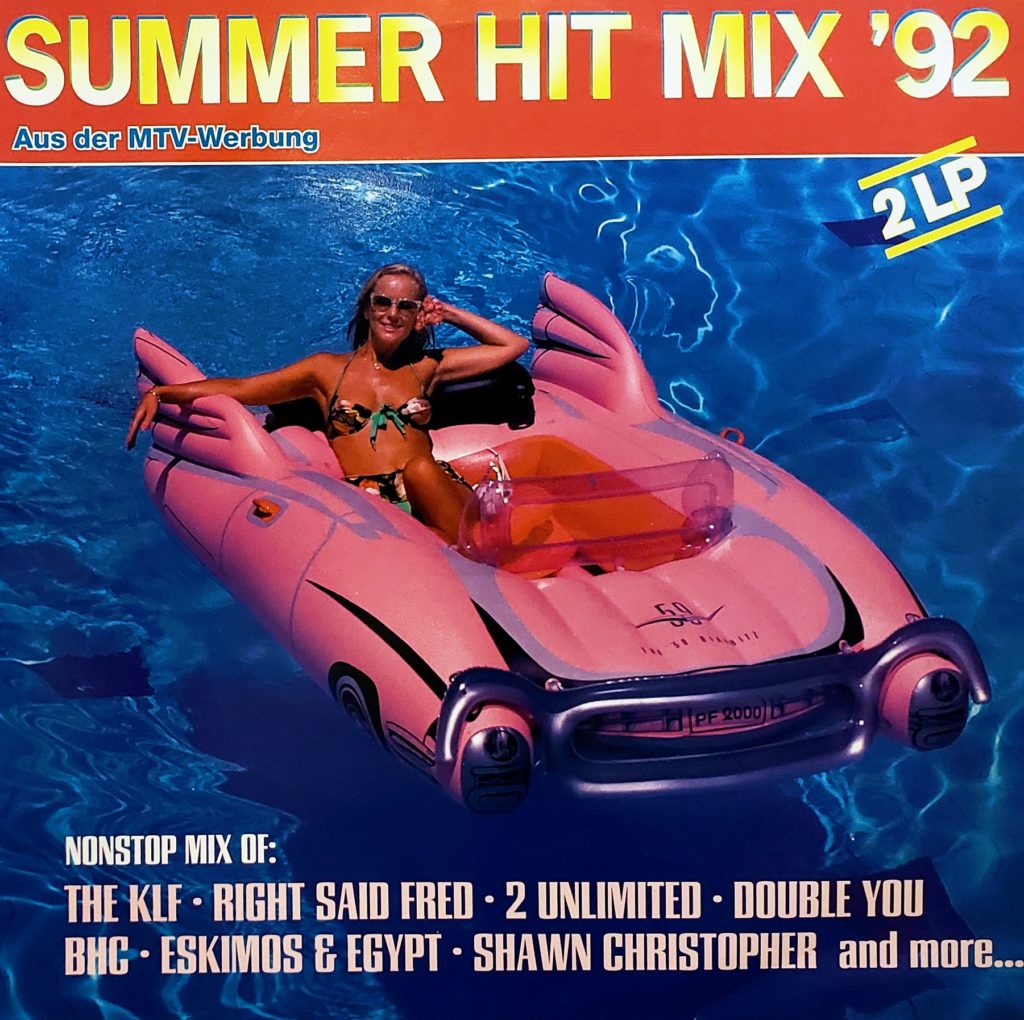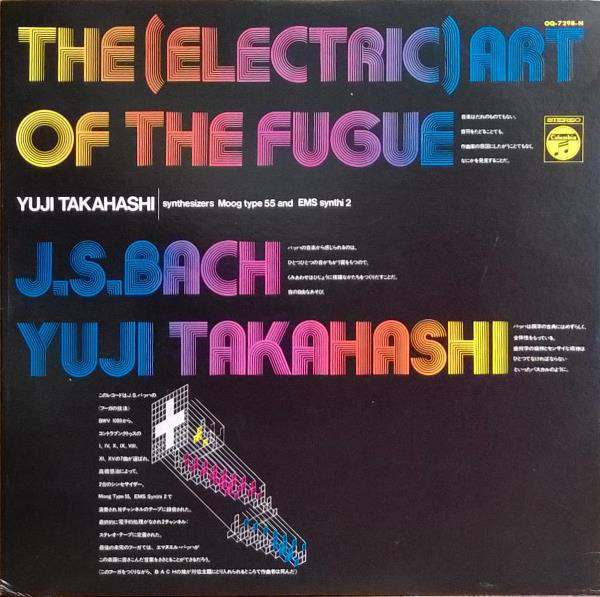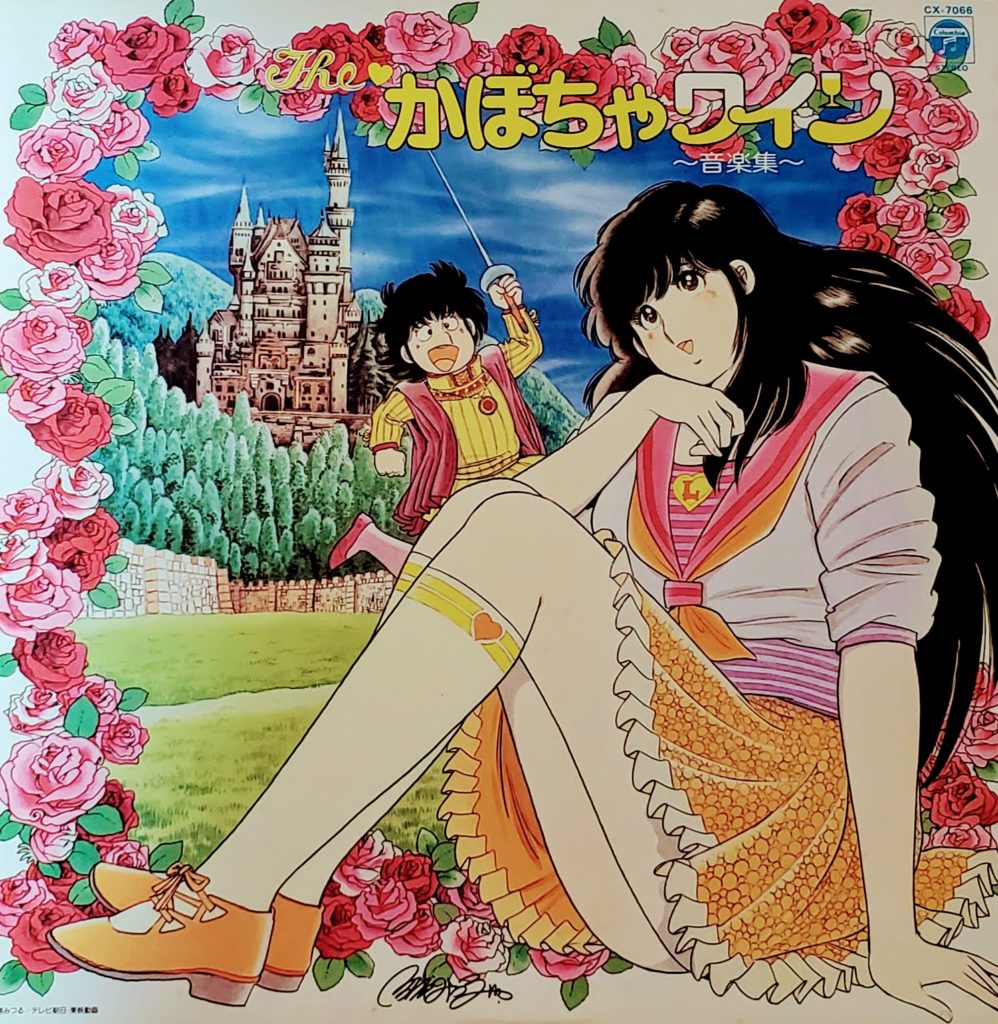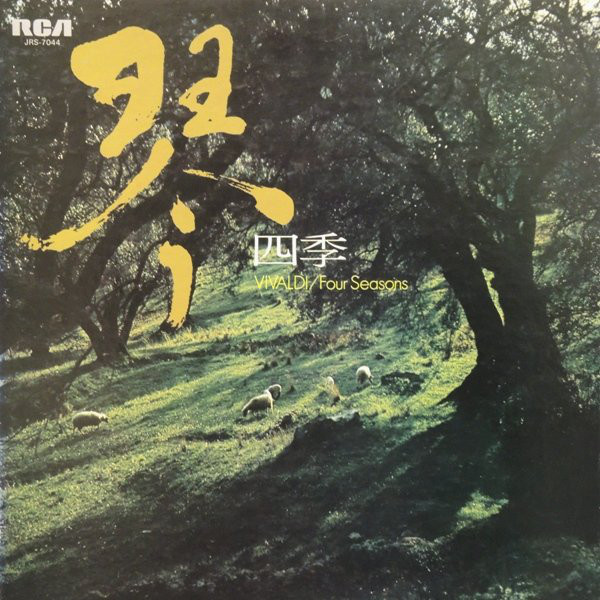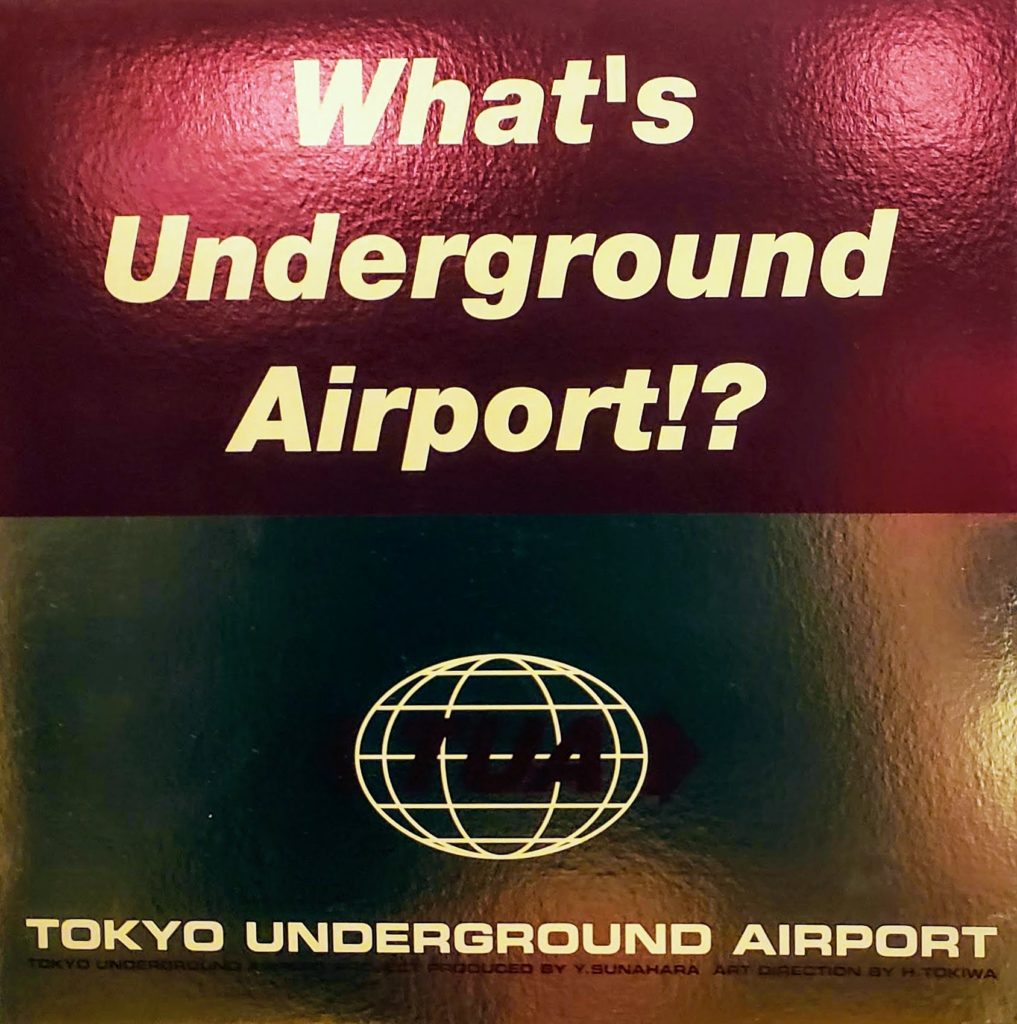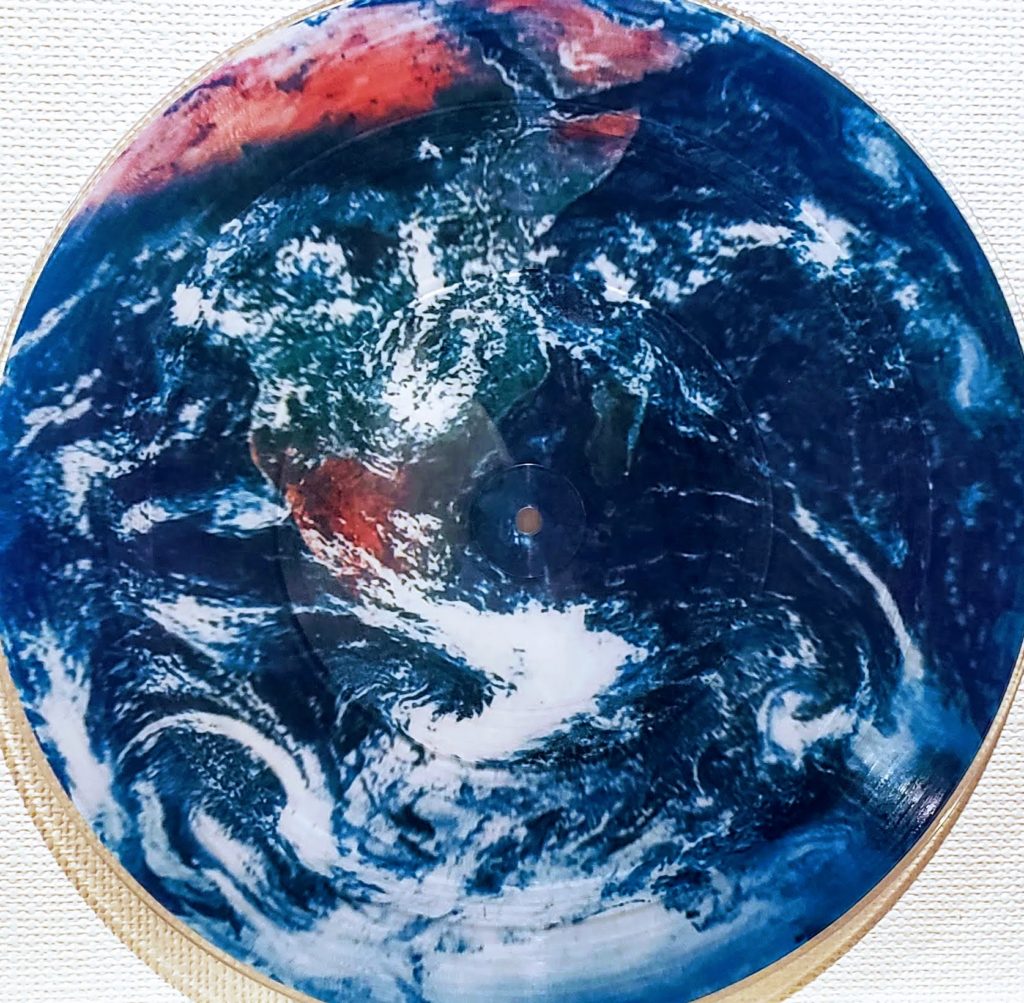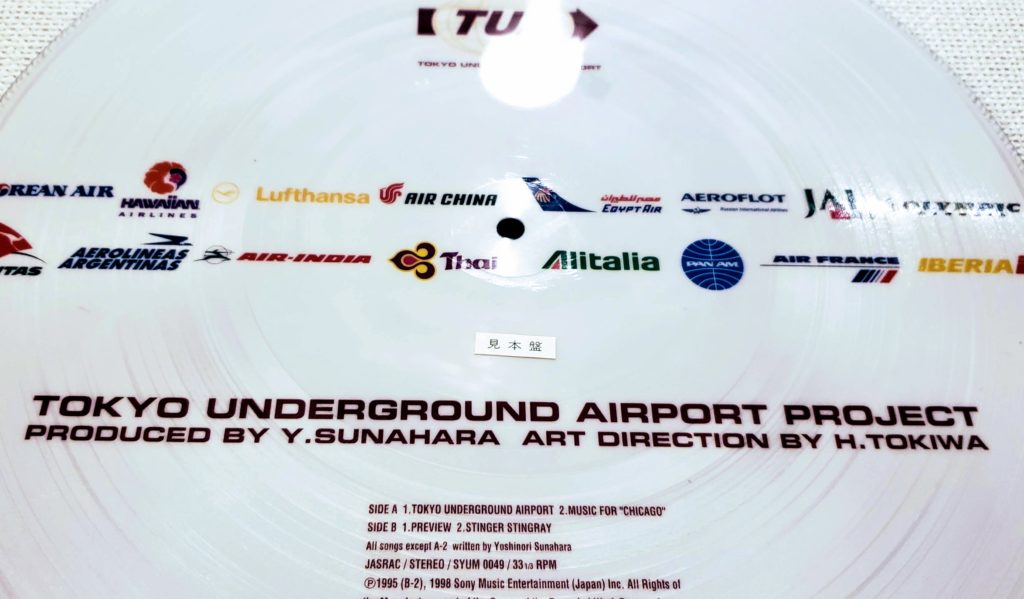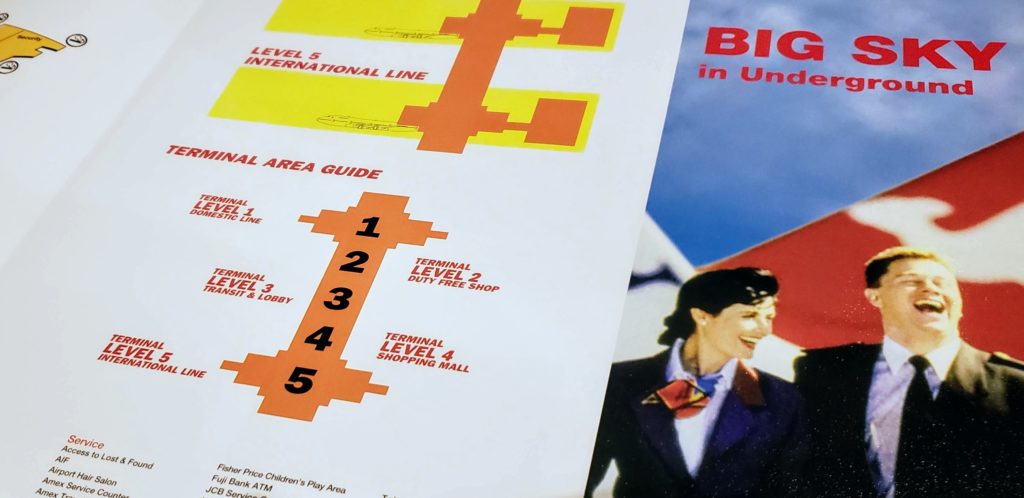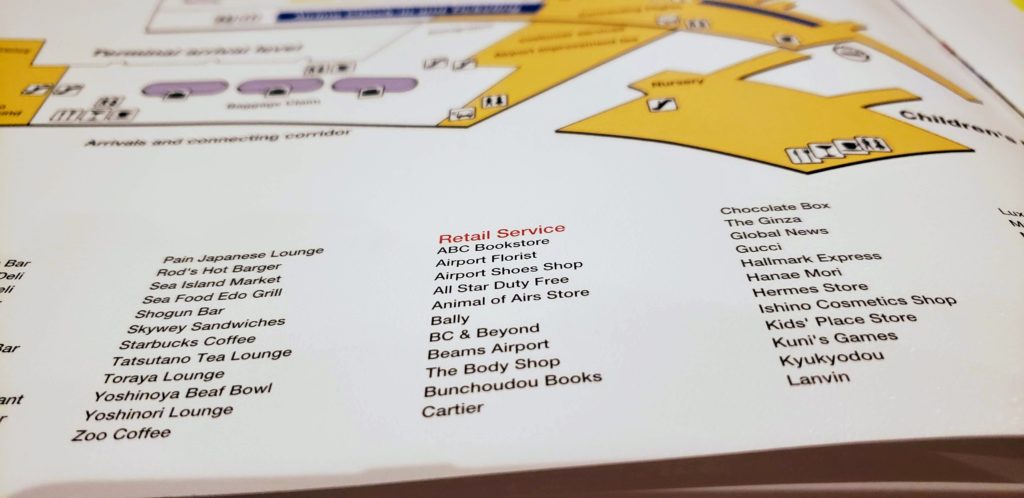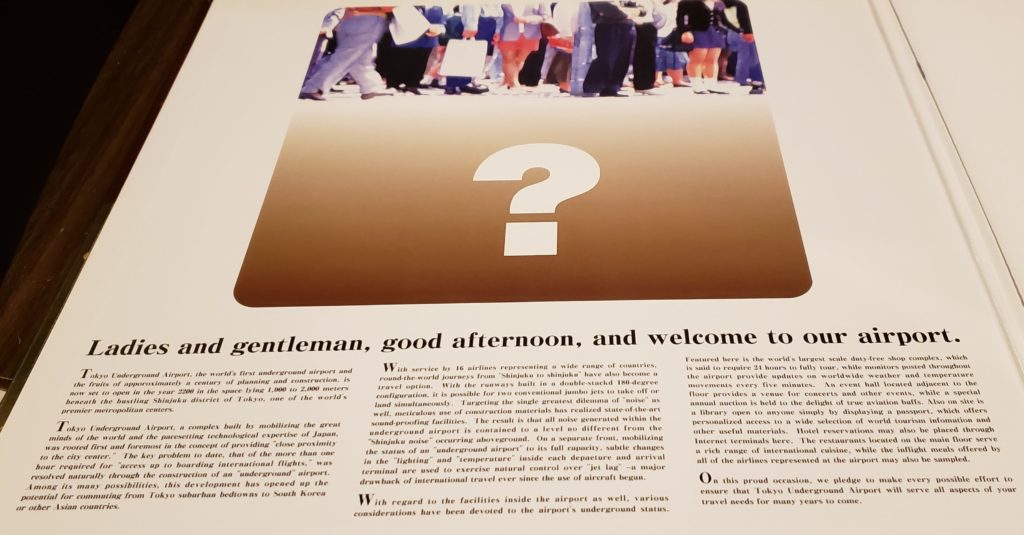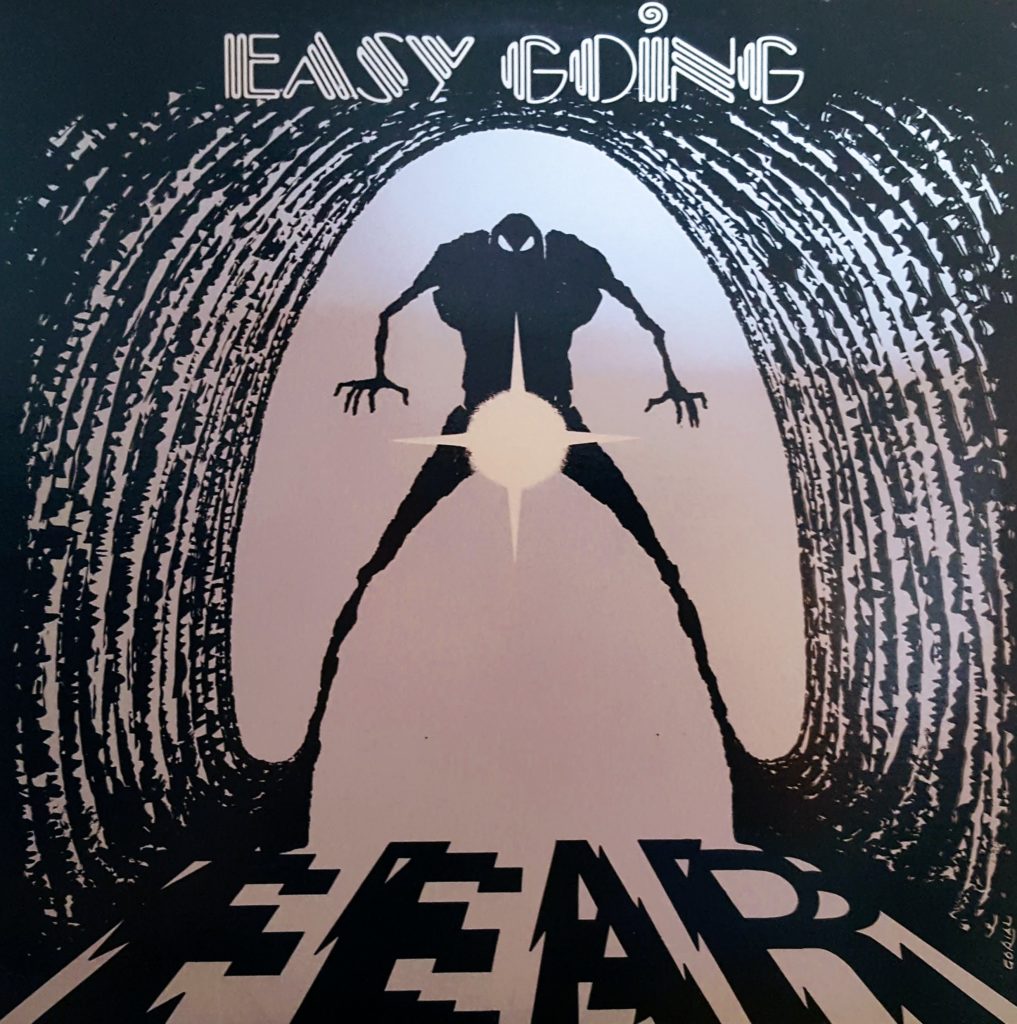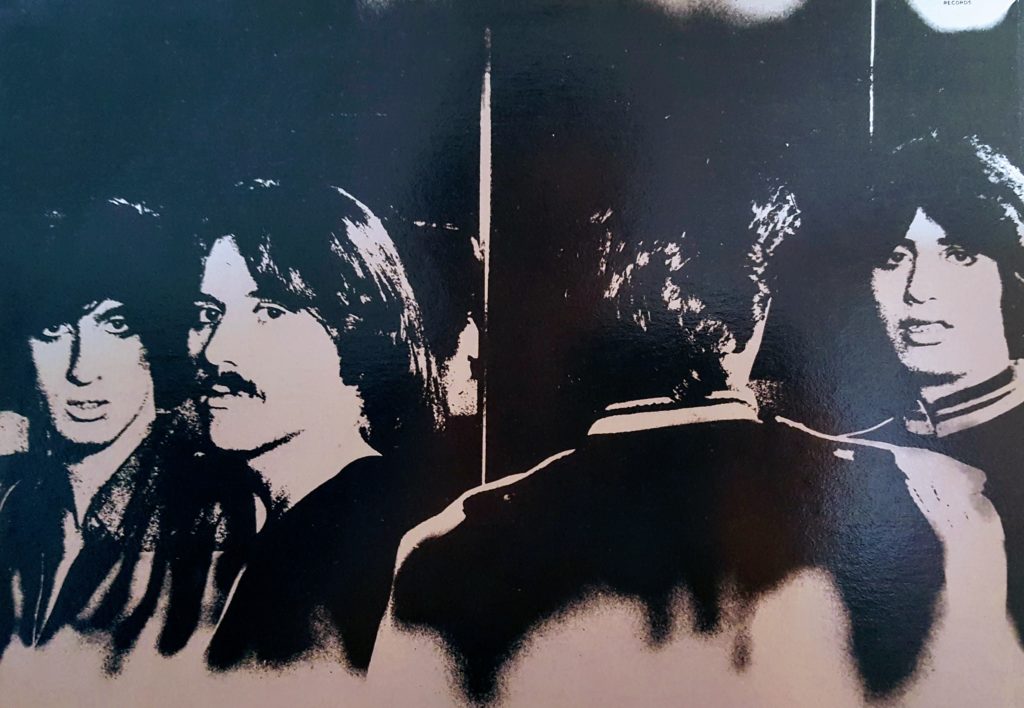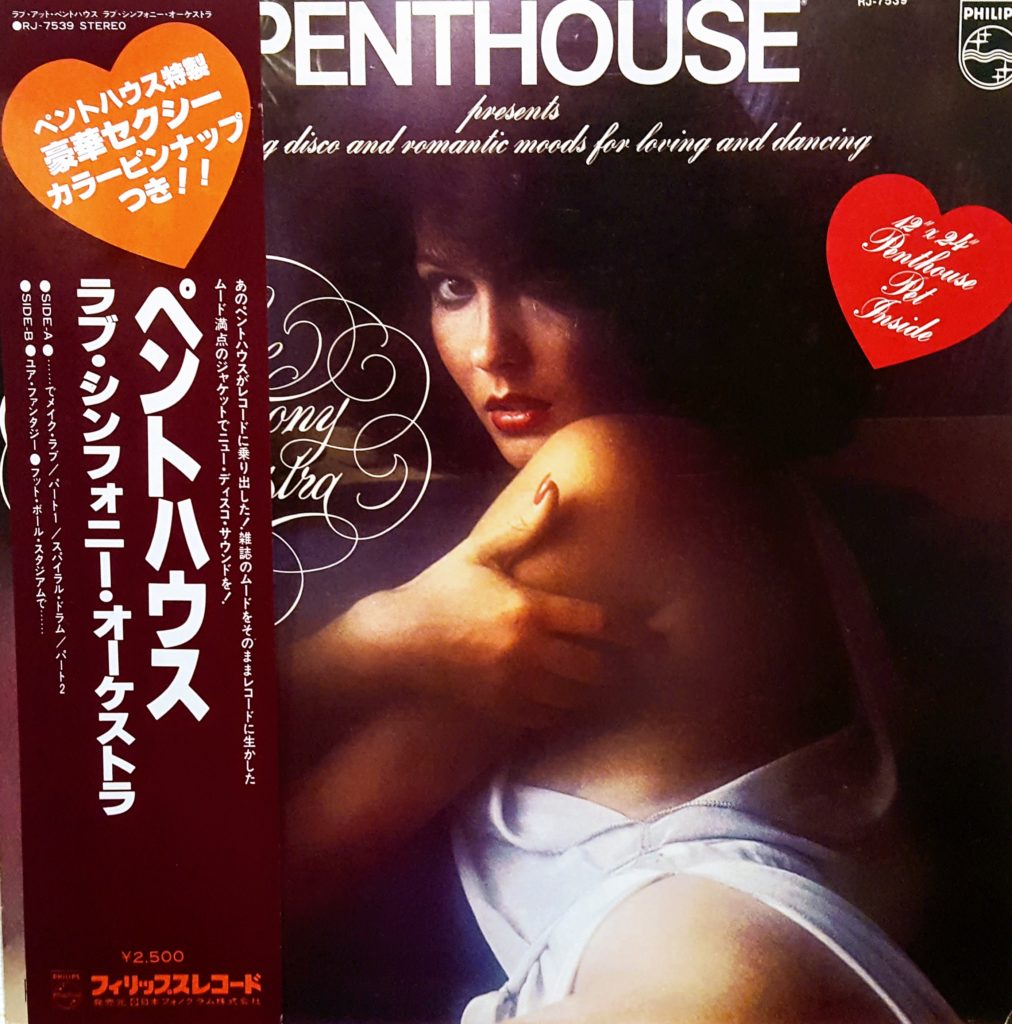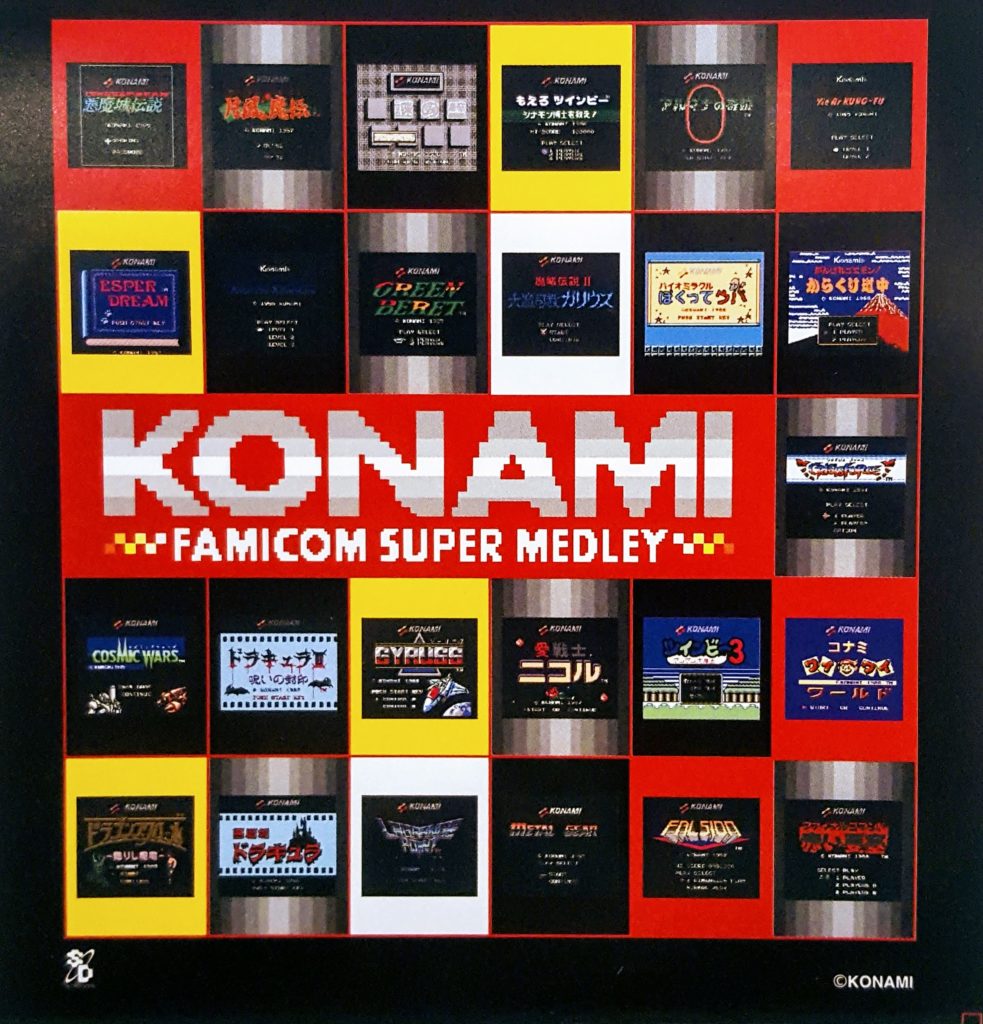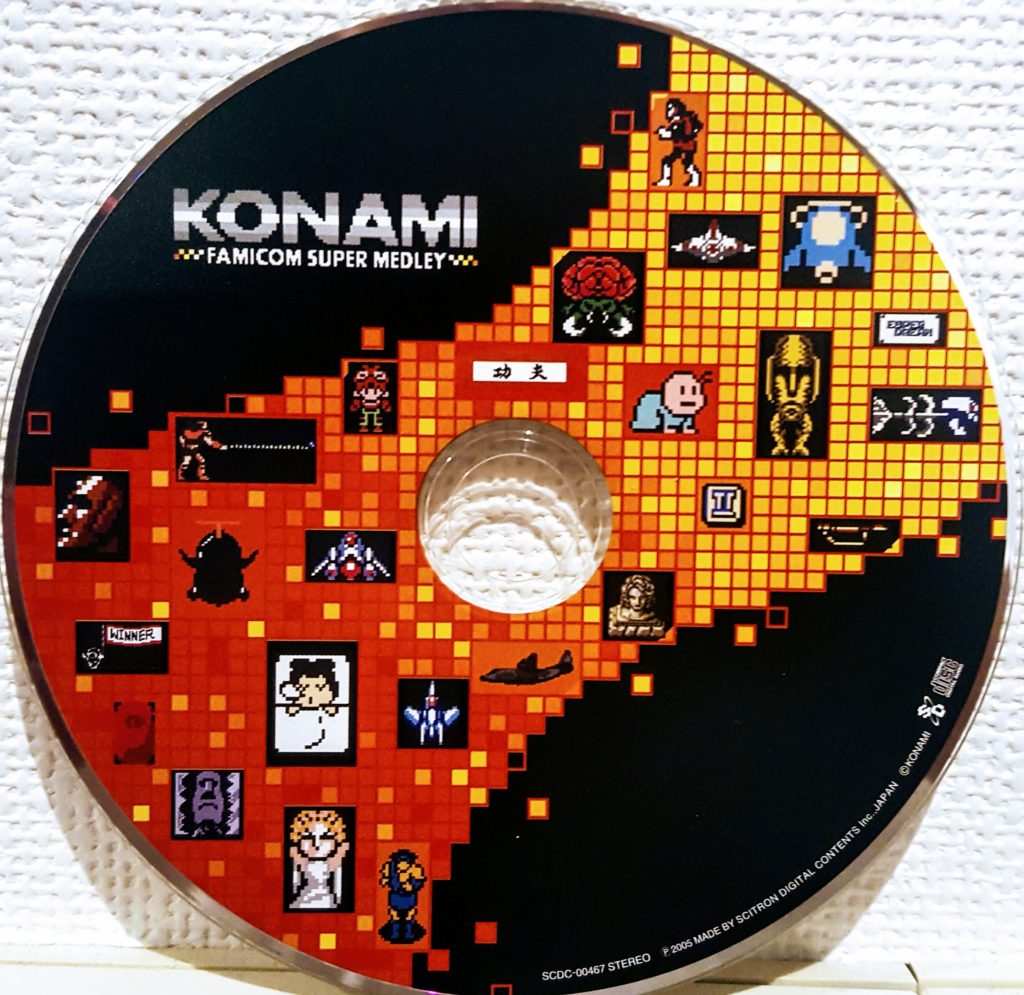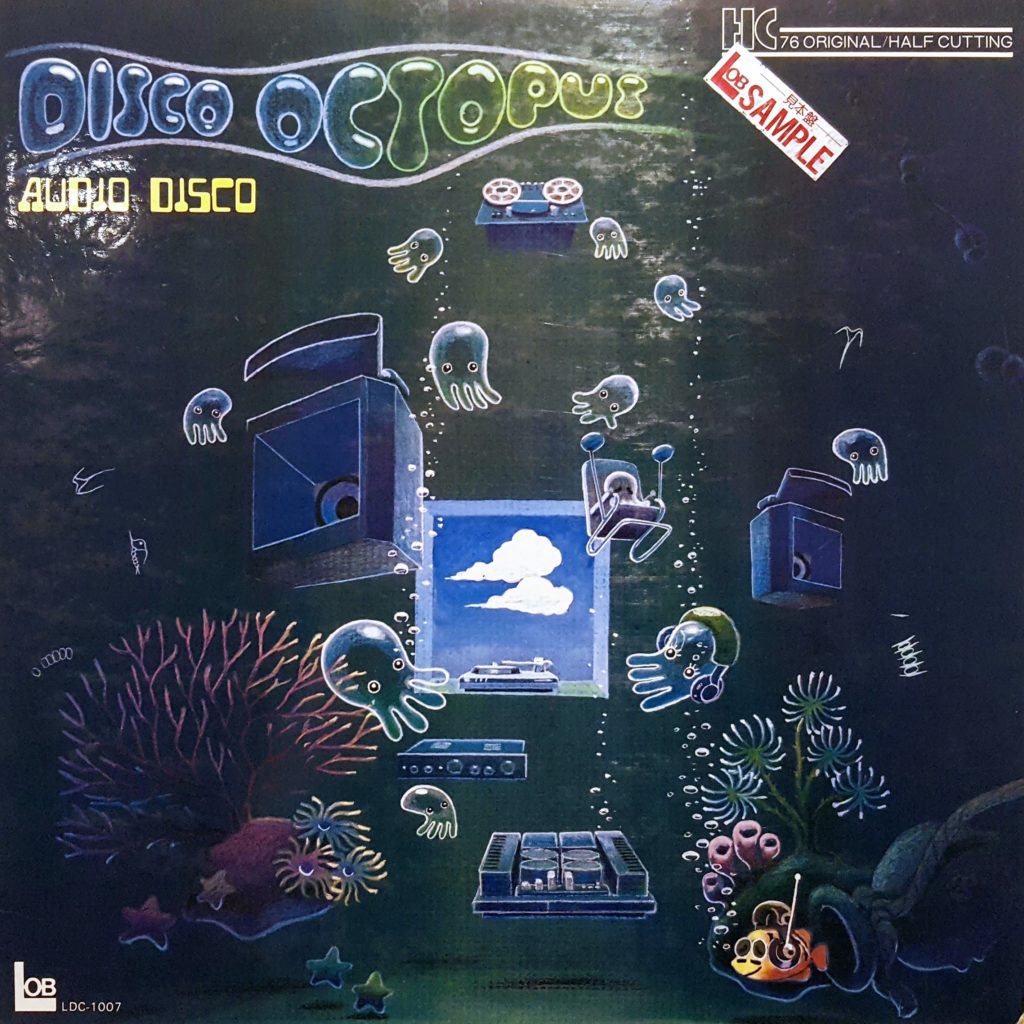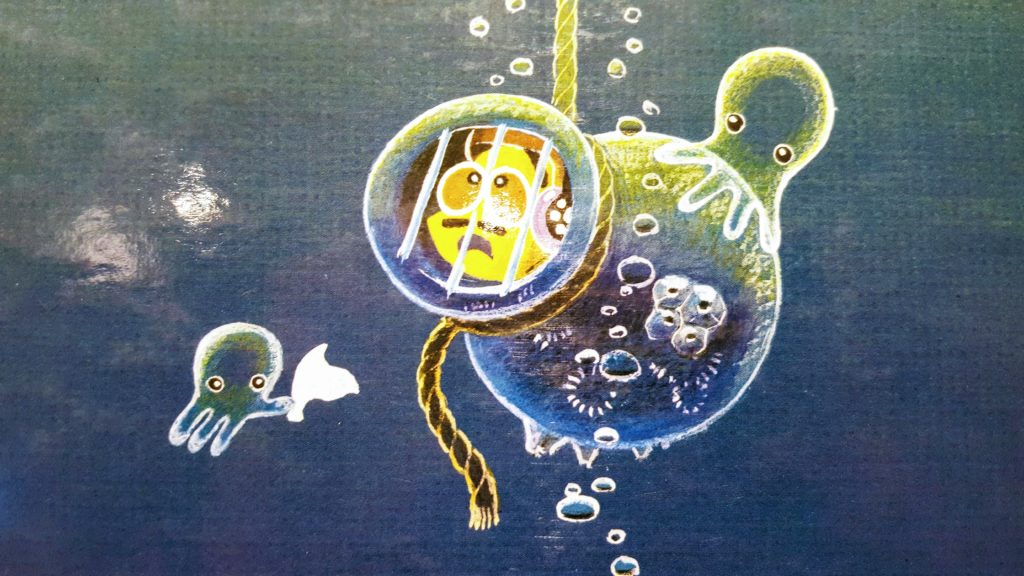I’m still waist-deep in my synthesizer/prog kick, and I expect I’ll be swimming in sequencers for quite a long time if I keep discovering lost masterpieces like this.
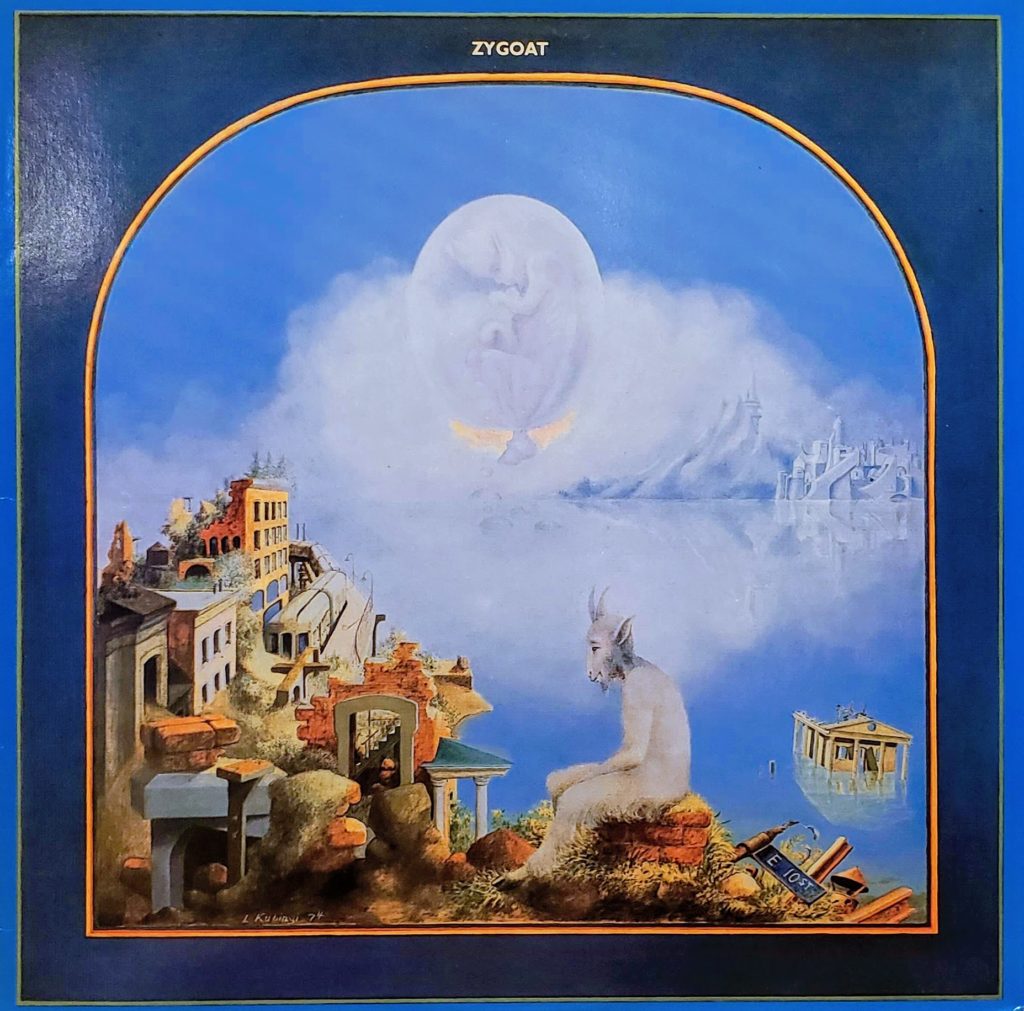
Zygoat
Side 1
Side 2
As I’ve no doubt mentioned before on this blog, most early synthesizer work was very simplistic because of the limitations of the technology. Early synthesizers were monophonic, they could only create one sound at a time. That means complex, well-arranged releases like Wendy Carlos’ legendary Switched-On Bach were comprised of seemingly endless dubs and layers, a terrifyingly complex process. While Carlos rose above these rather strict limitations, most others did not, leading to some two-dimensional, if still fun, recordings.
This is definitely not the case with Zygoat, a record filled with so many over-the-top and complex arrangements that it’s downright manic. It’s a good example of just how quickly synthesizer technology progressed in the six years between the 1968 release of Switched-On Bach and this record, which came out in 1974.
The sound here is just so unique that it’s hard to describe. There are definitely multiple synths at work here, some providing a fuzzy, distorted sound, while other give a cleaner, more symphonic, presentation. Most of the sounds themselves don’t sound entirely unique, I’m sure I’ve heard other records from the era using most of these settings and configurations. What makes Zygoat really stand out is just the tone of it all. It starts out rather basic, not too far removed from something you might hear from Tomita or even Carlos’ early work, but things escalate quickly, the pace picks up, and the record just explodes. Solos reminiscent of violin concertos (or classical guitar riffs) take dominance, as a barrage of out-of-this-world rhythms and backing harmonies accompany them. Fans of Stardrive might make a comparison with those legendary albums, but while Stardrive was funk, and while this certainly has funk elements, there’s a lot more going on here.
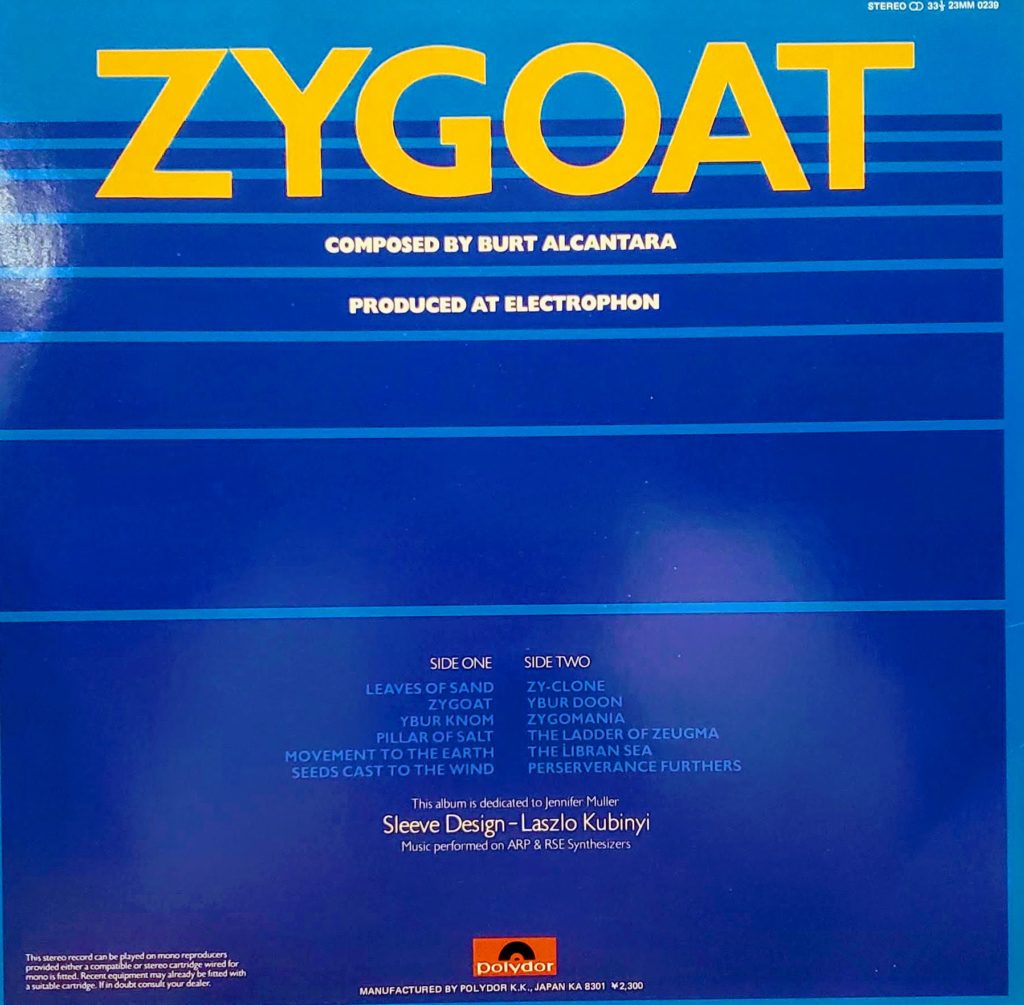
I guess what really gets me about this album is the pace. It has its slow spots, including an extended section where the tones are distorted and drawn out in a way that almost makes the synthesizers sound drunk (it’s pretty odd) the most memorable pieces of this album are the sections that work at a breakneck pace. When this album is firing on all cylinders, it’s just beyond words.
Zygoat is the brainchild of one man, a Burt Alcantara, but it’s nearly impossible to find out anything about him. According to Discogs this is the man’s only real release. The only mentions I find of him online are brief, and there appears to be no interview of him proper. What the hell became of this dude?
One of the few mentions I can find of Burt is in this interview with Brian Hodgson, who also worked on this album to some extent. Hodgson is a name that some of you might recognize, especially if you’re a Dr. Who fan. He was the man behind many of that show’s electronic sounds, including the iconic Daleks. After leaving the BBC, he went on to work on a few pioneering electronic albums, including fantastic works by White Noise and Wavemaker. He’s not credited by name here, but the album was recorded at his Electrophon Studios, so I imagine he was involved somewhat, if only tangentially.
I really wanted to pin down exactly what synthesizers were used in the making of this record, but that proved to be a bit tricky too. The back cover simply states that album was made using “ARP and RSE Synthesizers,” but it doesn’t go into any detail about make or model numbers. And, despite my interest in synthesizers from the era, I’m not very good at identifying them by ear. I would imagine that the ARPs that were used here were some variation of the 2500 though, as that was the big gun in the ARP line-up at the time. There might be an ARP String Ensemble at use here as well, which was one of the first polyphonic synths they produced.
What interests me more is the “RSE synthesizer” part of that credit, as I’ve never heard of that line of synths before. A quick scour through Google doesn’t turn up much either. All I could find was a brief mention in the book Analog Synthesizers, by one Mark Jenkins, where he says that the RSE model was a custom build by someone named Ken Gale, who worked at Electrophon. Other than that, I got zilch on that dude. I wonder what other albums feature these custom units, and if they sound anything like Zygoat.
So we got an unknown by unknown artists featuring unknown technology. I live for this shit and I hope you do too. In a year where I’ve uncovered so many fantastic obscure records (at least, to me they’re fantastic), this one might stand out as the absolute best of the bunch. Damn essential work for any synth fanatic out there.
I really did try to break this one up into individual tracks, but, even the track times of this record are unknown. And since most of the tracks segue together pretty flawlessly, I couldn’t even begin to tell when most of them ended and began. I thought it would be best just to leave them as is. Hope that doesn’t bother anyone.
And, as is always the case with this bafflingly obtuse obscurities, if you know anything about anyone at all who even had a remote connection to it, please let me know! I’m dying to find out more about this one!

